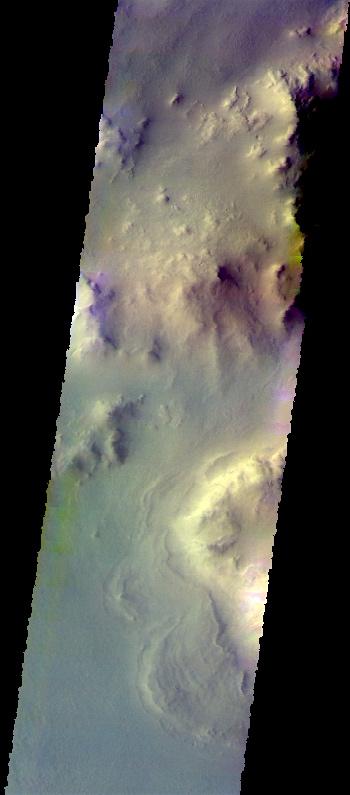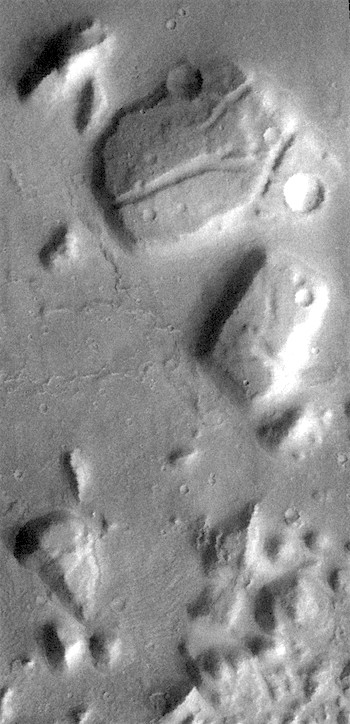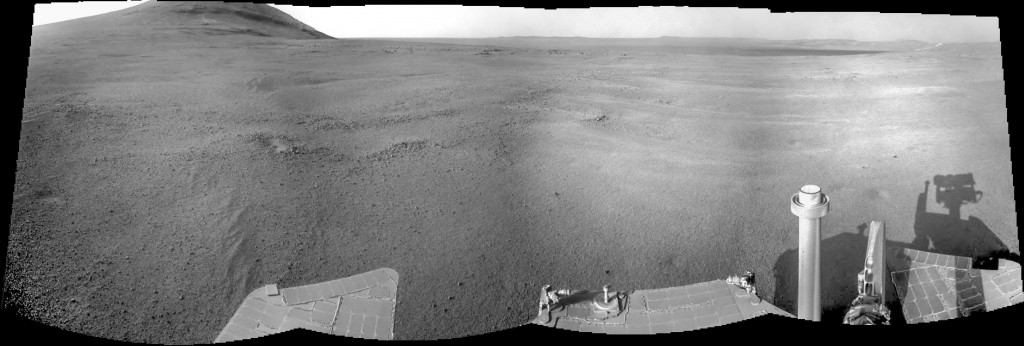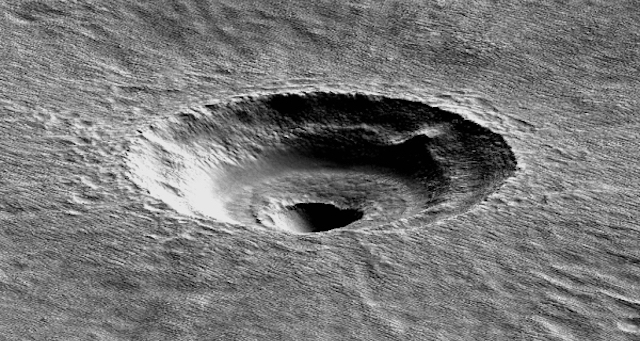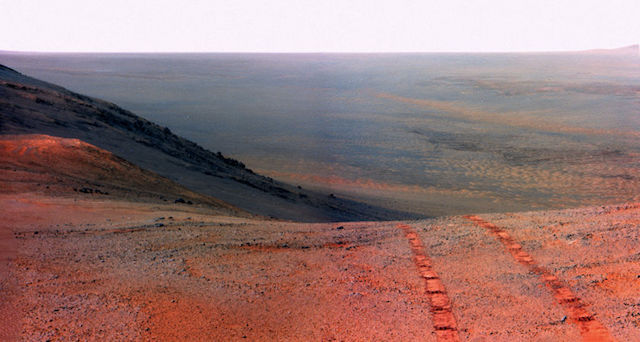 July 2, 2017: Opportunity sprains ‘ankle’ but perseveres on walkabout: The autumn skies over Endeavour Crater remained hazy as dust from the summer storms continued to rain down, but Opportunity encountered some unexpected and serious June gloom when her right front steering wheel jammed during the walkabout atop Perseverance Valley. Although the rover’s “sprained ankle” slowed the pace of the Mars Explorations Rovers (MER) mission for a couple of weeks, the veteran robot field geologist astonished her human colleagues on Earth and roved on. (…)
July 2, 2017: Opportunity sprains ‘ankle’ but perseveres on walkabout: The autumn skies over Endeavour Crater remained hazy as dust from the summer storms continued to rain down, but Opportunity encountered some unexpected and serious June gloom when her right front steering wheel jammed during the walkabout atop Perseverance Valley. Although the rover’s “sprained ankle” slowed the pace of the Mars Explorations Rovers (MER) mission for a couple of weeks, the veteran robot field geologist astonished her human colleagues on Earth and roved on. (…)
“It was miraculous,” said MER Principal Investigator Steve Squyres, of Cornell University. “We could have operated the vehicle with the wheel cocked off at that crazy angle. But it’s terrific news, just wonderful news and the vehicle will be much easier to operate with that wheel pointed straight.” (…)
“The walkabout is designed to look at what’s just above Perseverance Valley,” said MER Deputy Principal Investigator Ray Arvidson, of Washington University St. Louis. Just west of the broad notch at the crest of Endeavour Crater’s western rim, the entryway to the valley, the rover has returned images of a large, shallow channel or trough within “a pattern of striations running east-west outside the crest of the rim,” he said.
The large channel or trough in this east-west swath of ground – which may have been a drainage channel or spillway billions of years ago – is lined with rocks that the MER science team is particularly interested in. “We want to determine whether these are in- transported rocks or in-place rocks,” Arvidson said.
“One possibility is that this site was the end of a catchment where a lake was perched against the outside of the crater rim,” continued Arvidson. It could be that “a flood might have brought in the rocks, breached the rim, and overflowed into the crater, carving the valley down the inner side of the rim.” That would mean the notch in the crater rim crest just above Perseverance Valley would have been a spillway. Weighing against that hypothesis however are the rover’s images that show the ground west of the crest slopes away, not toward the crater. The science team is contemplating possible explanations for how the slope might have changed over the last few billion years.” [More at link]
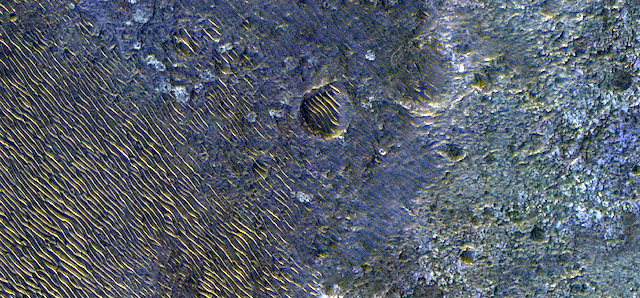 Terrain west of Sigli and Shambe Craters. Beautiful Mars series.
Terrain west of Sigli and Shambe Craters. Beautiful Mars series.








